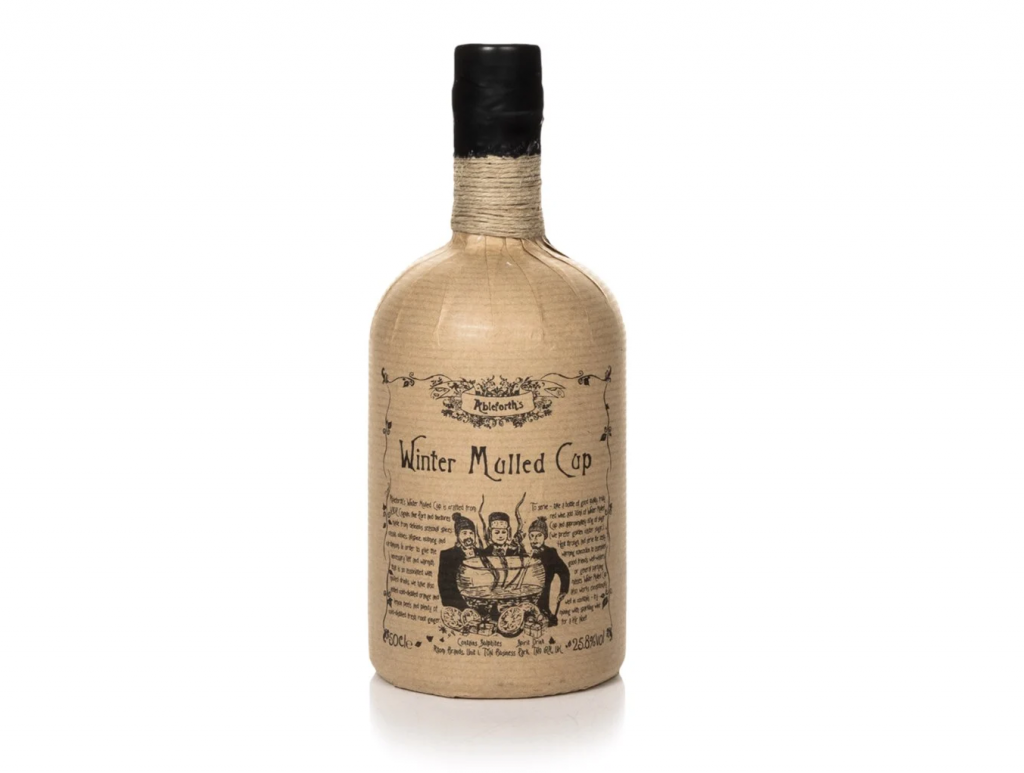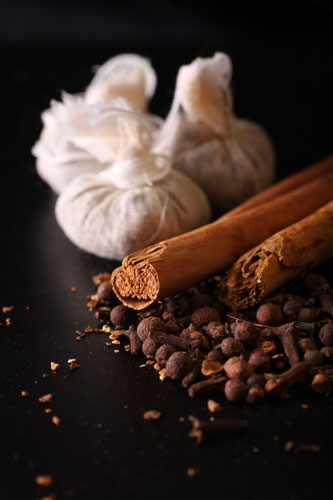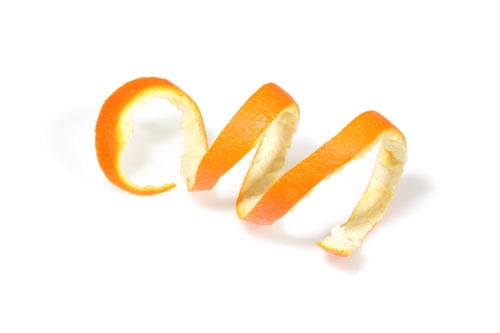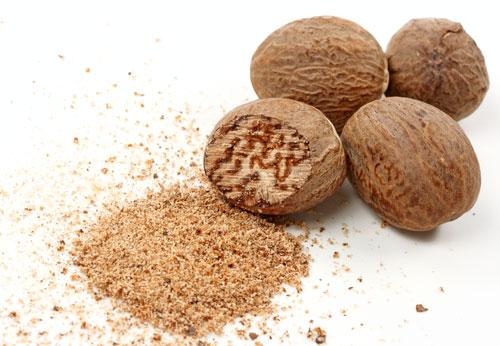Ah mulled wine. The most Christmassy of drinks. Head and shoulders even above Eggnog. There’s really nothing like it to warm the cockles, instil a sense of bonhomie, and usher in the festive season properly.
There is, however, a problem with mulled wine. In fact there are several problems:
Mulled wine problems
Firstly – the spices. There’s the fact that most mulled wine tends to be made with spices that have been sitting around for many years and are well past their prime (not to mention chock-full of aroma from the other stuff they’ve been stored next to). There’s also the fact that the spices you’re going to want to use infuse their essential oils into a steaming pan of wine at radically different rates. Cinnamon stick and clove are pretty quick to give up their flavours, but allspice berries are, as one would expect, rather harder to permeate and extract from. This inevitably leads to a sub-optimal result, as there’s a sweet spot for just the level of each spice you want, without over-extracting, and it’s up to the hapless ‘muller’ to ascertain where this point is for each spice in the mix, and remove it before it yields too much to the mix.
Secondly – the citrus. Even in the absolute best-case scenario where the muller is using fresh and zingy orange and lemon, citrus peel contains pesky compounds called terpenes, which have a nasty tendency to lend ‘off-notes’ especially when heated. If you’ve ever smelled an orange that’s been in the fruit bowl a bit too long and is on the way out, you’re familiar with the aroma of terpenes.
Thirdly – nutmeg. Yep. This one gets its own whole section. Two problems here. Firstly, in order to get the flavour from nutmeg you either need to use powdered stuff from a jar (which I’m going to assume you don’t, as you’re reading this blog), or freshly grated stuff. In either case, there’s absolutely no chance you’re going to be able to filter it all out, and at some point someone’s going to munch on a big old (or little old – makes no odds really) chunk of nutmeg, then not taste anything for the next few days (it’s analgesic as well as being incredibly pungent). Secondly – you put too much in. You know you do. Don’t even try and deny it.
Fourthly – ginger. We absolutely need to get some ginger into the mix, as this is where the warming, comforting finish comes from in really well-made mulled wine. Whilst a decent ginger wine will do the job very well, most people haven’t got a bottle kicking about spare, and at any rate the maceration technique tends to lend a ‘dull’ note to the fresh gingerol notes (it’s a thing) as the other compounds in the mixture degrade over time. It’s like the difference between using fresh and dried chilli*. Not the same thing at all.
Finally – balance. You’ll know from bitter experience that achieving consistency in a mulled wine is nigh-on impossible due to the factors at play above.
So – the solutions to the problems outlined above:

Ableforth’s Winter Mulled Cup
Spices – tinctures. These are basically macerations of spices in alcohol (in this case we’ve used VSOP Cognac) which not only have the benefit of extracting the essential oils from the spices in a much more effective way than wine at 15%, but also lend almost total reliability to the concentration of the final drink.
Citrus – cold-distillation. The peels are macerated in high-proof wheat spirit, then distilled out to remove nearly all the pesky terpenes and leave only fresh and zingy notes from the oils.
Nutmeg – filtration. We painstakingly filter the nutmeg tincture to remove all traces of solid matter.
Ginger – cold-distillation again. Fresh root ginger is macerated and distilled to remove the precious gingerol and leave behind any heavier compounds that would break down over time and lend nasty notes to the drink.
Balance – blending. This is where the finished product comes in. By accurately quantifying the amount of each ingredient you’re adding, you can increase or decrease the entire ‘mulled’ flavour incrementally without knackering the whole lot due to heavy-handedness with a particular ingredient or being caught out by the differing timescales in which they give up their oils.
The final result is, we think, as close as a solution gets to being perfect. Oh yes – and we slung in a healthy measure of vintage Port as well, because, well, you know…
How to make the ultimate mulled wine
-1 bottle of decent red wine (fruity works better than dry. I’d go Aussie Shiraz)
-65g sugar
-50ml (or more to taste) Winter Mulled Cup
Heat and serve. Done. That’s Christmas sorted then.Incidentally, for those of you reading this who are either professional or amateur barmen (I won’t use the ‘m’-word lest I am smitten down with a curse) – this makes some absolutely insane Christmassy cocktails too. Send us your recipes with pictures and we might even publish ‘em.
Winter Mulled Cup is available from Master of Malt. Click on links for prices and to buy.





